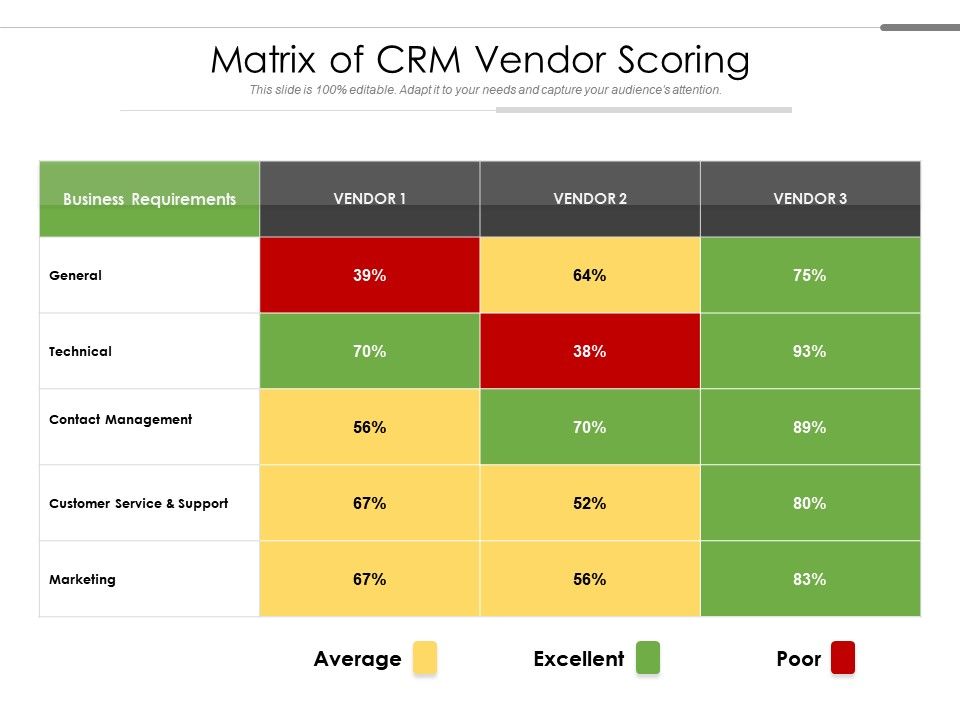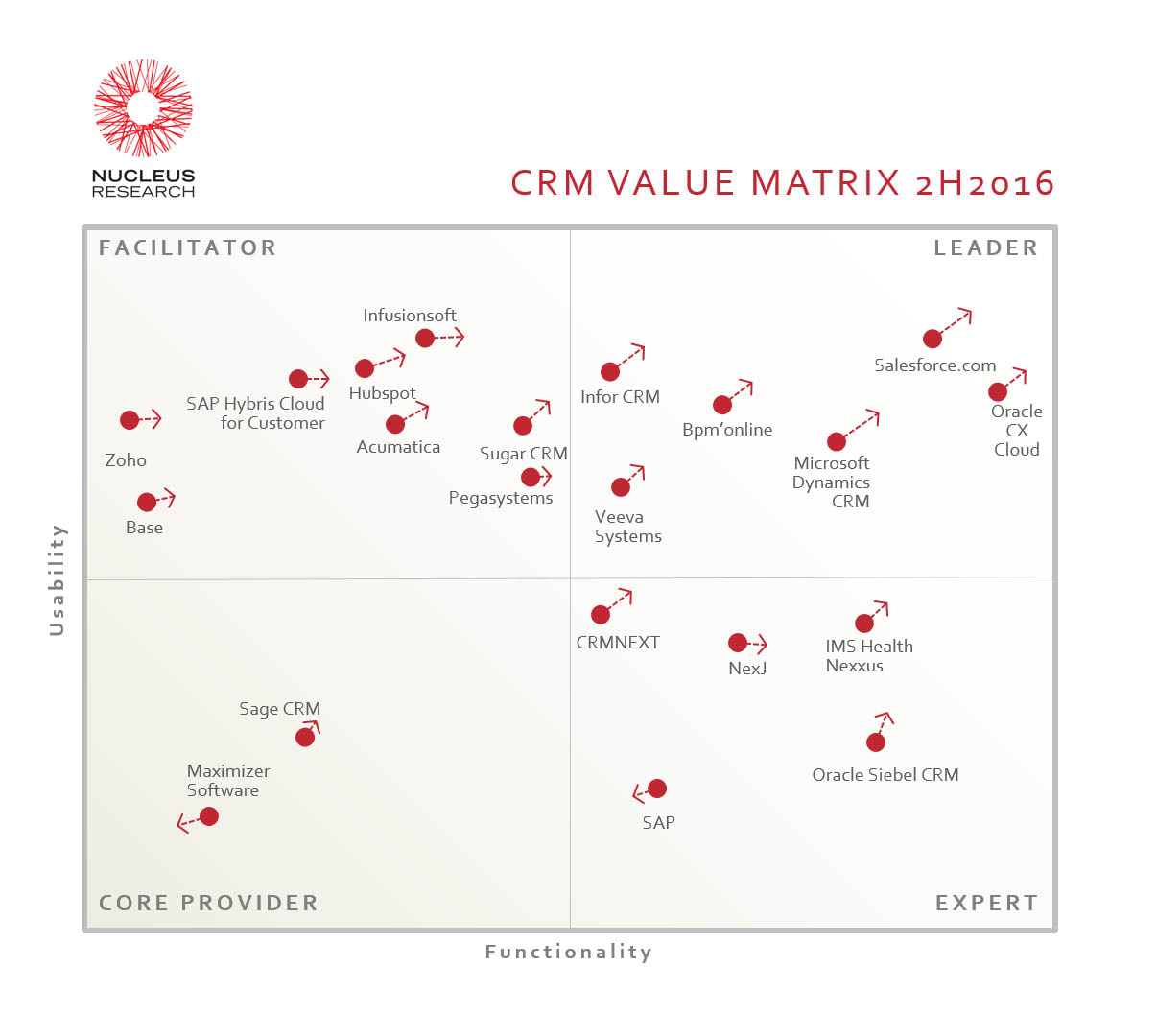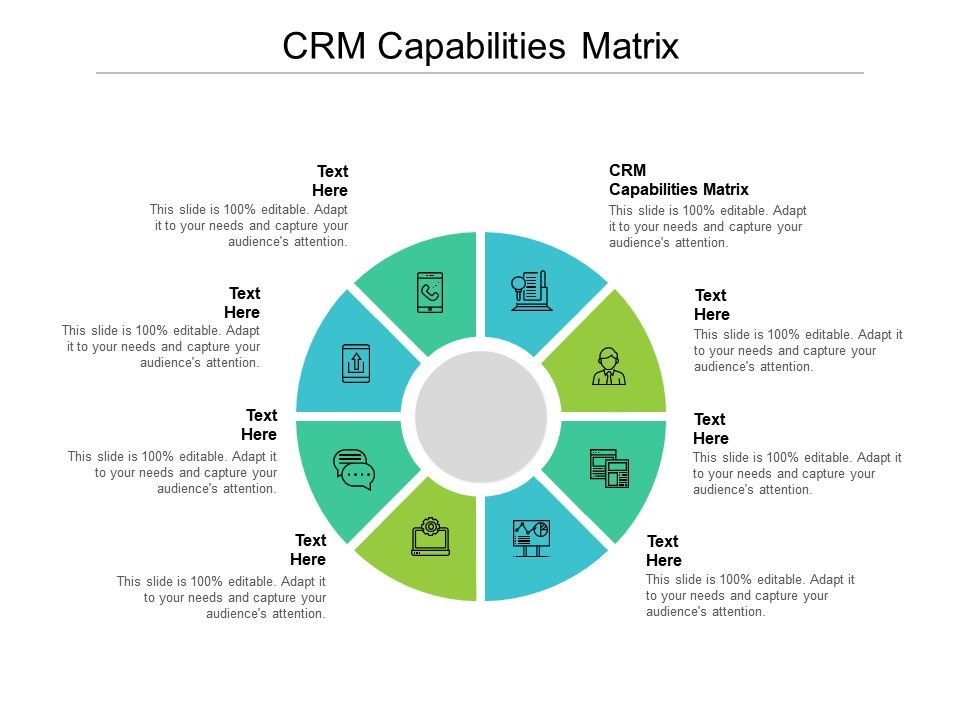The CRM matrix is a powerful tool that can help businesses of all sizes track and improve their customer relationships. By providing a visual representation of key customer data, the CRM matrix can help businesses identify trends, spot opportunities, and make better decisions about how to allocate their resources.
In this article, we will provide an overview of the CRM matrix, discuss its benefits, and explain how to design and implement a CRM matrix for your business.
CRM Matrix Overview

A CRM matrix is a visual representation of the relationship between different customer relationship management (CRM) systems. It can be used to compare and contrast different systems, identify areas of overlap, and make decisions about which system to implement.
There are many different types of CRM matrices, each with its own unique purpose. Some of the most common types include:
- Functional matrices: These matrices compare the functionality of different CRM systems. They can be used to identify which systems have the features that are most important to your business.
- Vendor matrices: These matrices compare the different vendors of CRM systems. They can be used to identify which vendors are the most reputable and have the best track record.
- Cost matrices: These matrices compare the cost of different CRM systems. They can be used to identify which systems are the most affordable for your business.
The key components of a CRM matrix include:
- CRM systems: The CRM systems that are being compared.
- Criteria: The criteria that are being used to compare the systems.
- Weights: The weights that are assigned to each criterion.
CRM Matrix Design

An effective CRM matrix is crucial for tracking and measuring customer relationship management (CRM) initiatives. Here are some best practices to consider when designing one:
Selecting the Right Metrics
Selecting the right metrics to track is essential for a meaningful CRM matrix. Consider the following factors:
- Relevance:Metrics should align with your CRM goals and objectives.
- Measurability:Data should be readily available and easy to collect.
- Controllability:Metrics should be influenced by actions within your control.
- Actionability:Insights derived from metrics should drive decision-making.
Setting Target Values and Weightings
Once metrics are selected, target values and weightings must be established. Target values represent the desired level of performance, while weightings indicate the relative importance of each metric.
To set target values, consider industry benchmarks, historical data, and internal goals. Weightings can be determined using a weighted average or a more complex formula based on the specific CRM context.
CRM Matrix Analysis

Analyzing data from a CRM matrix involves examining the data points to identify trends and patterns. These patterns can reveal valuable insights into customer behavior, preferences, and interactions with the organization.
Methods for Identifying Trends and Patterns
* Data Visualization:Visual representations of data, such as graphs and charts, can help identify trends and patterns more easily.
Statistical Analysis
Statistical techniques, such as regression analysis and cluster analysis, can uncover relationships and patterns within the data.
Machine Learning Algorithms
Machine learning algorithms can be used to analyze large datasets and identify complex patterns that may not be apparent to human analysts.
Using Insights to Improve CRM Performance
Insights gained from CRM matrix analysis can be used to:* Personalize Customer Interactions:Identify customer segments and tailor marketing and service efforts accordingly.
Improve Customer Retention
Identify customers at risk of churn and develop strategies to retain them.
Increase Sales Effectiveness
Analyze customer purchase history and preferences to identify opportunities for upselling and cross-selling.
Optimize Marketing Campaigns
Evaluate the effectiveness of marketing campaigns and adjust strategies based on customer responses.By leveraging the insights from CRM matrix analysis, organizations can gain a deeper understanding of their customers and improve their CRM performance, resulting in increased customer satisfaction, loyalty, and revenue.
CRM Matrix Use Cases

CRM matrices are used in various industries to enhance customer relationship management strategies. Let’s explore some common use cases:
Sales and Marketing
- Identify and prioritize potential customers based on their value and likelihood to purchase.
- Segment customers into different groups for targeted marketing campaigns.
- Track customer interactions and preferences to provide personalized experiences.
Customer Service, Crm matrix
- Categorize customer issues and prioritize them based on their severity and impact.
- Identify repeat customers and provide them with exceptional support.
- Analyze customer feedback to improve service quality.
Product Development
- Prioritize product features and enhancements based on customer feedback.
- Identify areas for product innovation and improvement.
- Segment customers based on their product preferences.
Case Studies
Several organizations have successfully implemented CRM matrices to improve their customer relationship management practices:
- Amazon:Uses a CRM matrix to segment customers based on their purchase history, demographics, and engagement levels.
- Salesforce:Employs a CRM matrix to prioritize sales leads and identify opportunities for cross-selling and up-selling.
- Microsoft:Leverages a CRM matrix to track customer support interactions and identify areas for improvement.
Challenges and Limitations
While CRM matrices offer significant benefits, they also have some challenges and limitations:
- Data Quality:The accuracy and completeness of the data used to create the matrix are crucial for its effectiveness.
- Complexity:CRM matrices can become complex, especially for large organizations with diverse customer bases.
- Subjectivity:The criteria used to define the axes of the matrix can be subjective, leading to different interpretations.
Final Review

The CRM matrix is a valuable tool that can help businesses of all sizes improve their customer relationships. By providing a visual representation of key customer data, the CRM matrix can help businesses identify trends, spot opportunities, and make better decisions about how to allocate their resources.
If you are not already using a CRM matrix, we encourage you to consider implementing one for your business. It is a relatively simple and inexpensive way to gain valuable insights into your customer relationships.
Popular Questions
What is a CRM matrix?
A CRM matrix is a visual representation of key customer data. It can be used to track a variety of metrics, such as customer lifetime value, customer churn rate, and customer satisfaction.
What are the benefits of using a CRM matrix?
There are many benefits to using a CRM matrix, including:
- Improved customer segmentation
- Increased customer retention
- Improved customer satisfaction
- Increased sales and profits
How do I design and implement a CRM matrix?
There are a few steps involved in designing and implementing a CRM matrix:
- Identify the key customer data that you want to track.
- Create a visual representation of the data.
- Set target values and weightings for each metric.
- Implement the CRM matrix and train your team on how to use it.